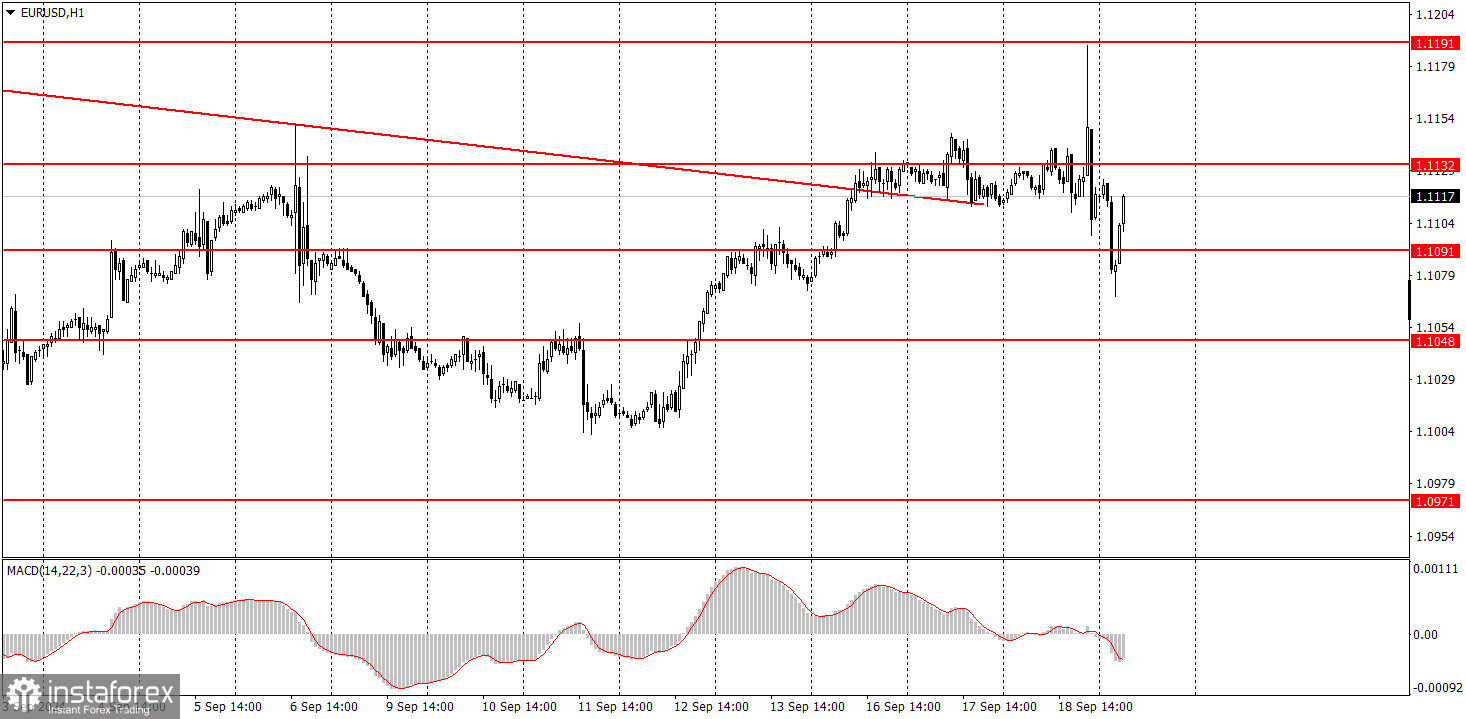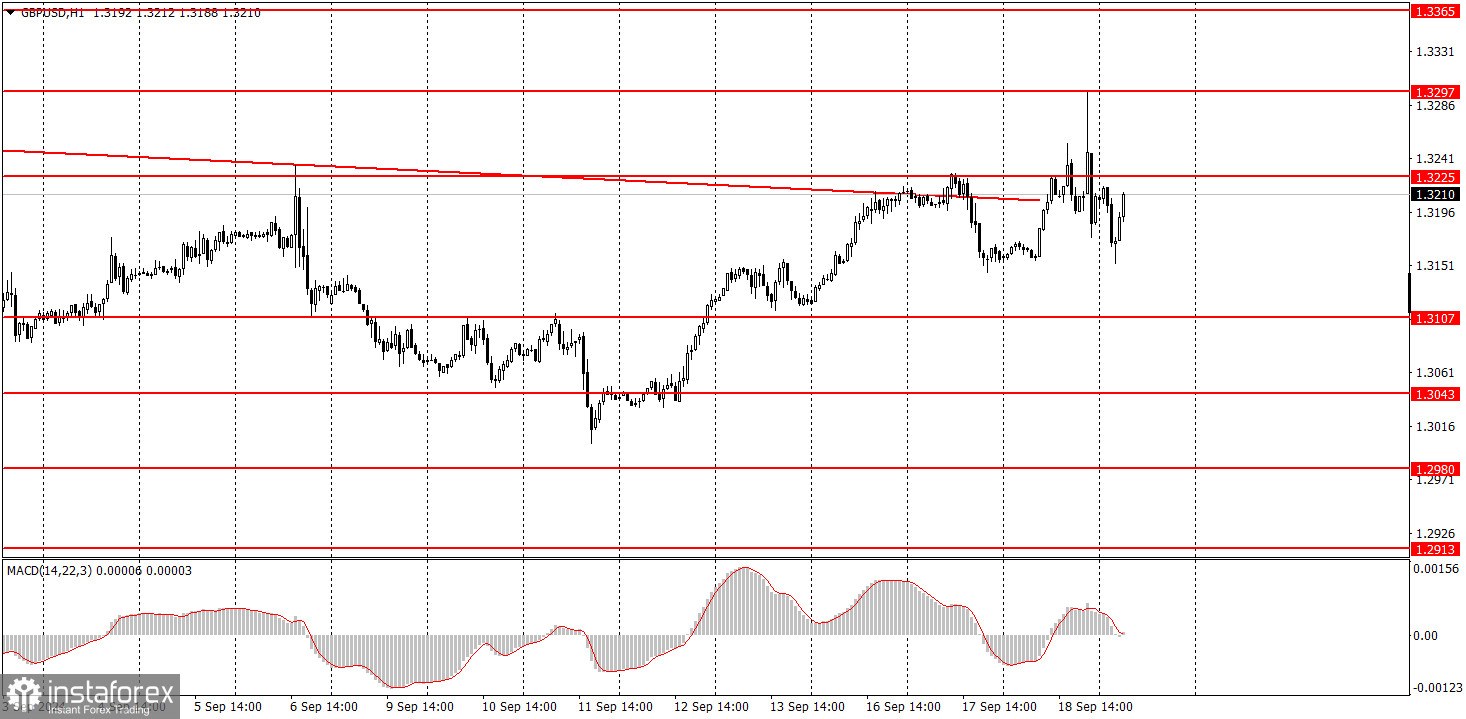Analysis of Macroeconomic Reports:

There are very few macroeconomic events scheduled for Thursday. The only one worth noting is the U.S. unemployment claims report, which the market will likely overlook. Market participants already have plenty of important information at their disposal, making it unlikely they will pay attention to a secondary report. For half of the day, both pairs may remain influenced by yesterday's Federal Reserve meeting and the decisions made by the U.S. central bank. In the second half of the day, the focus will shift to the Bank of England.
Analysis of Fundamental Events:

Only one significant fundamental event is scheduled for Thursday. Around midday, the BoE will announce its decision on the interest rate. There is no intrigue here. Just as the market was 100% certain about the Fed's rate cut yesterday, it is equally sure that the rate will remain unchanged today. However, a central bank's meeting is not just about the rate decision. It's important to find out how many members of the Monetary Policy Committee support a rate cut (forecast: two). Understanding BoE Governor Andrew Bailey's stance and reviewing updated forecasts for inflation and the economy is also crucial. Therefore, today's most significant aspect will not be the rate decision itself.
General Conclusions:
On Thursday, both currency pairs may experience high volatility. First, the European markets will be reacting to the Fed's decision. Second, the results of the BoE meeting will be announced. Therefore, another storm could be in store today. Predicting where both currency pairs might end up by evening is a thankless task, as the fundamental background is too strong. It will be crucial for the dollar to avoid losing yesterday's gains. It can expect potential growth moving forward if it manages to hold off further decline today.
Basic Rules of the Trading System:
1) The strength of a signal is determined by the time it takes for the signal to form (bounce or level breakthrough). The less time it took, the stronger the signal.
2) If two or more trades were opened around any level due to false signals, subsequent signals from that level should be ignored.
3) In a flat market, any currency pair can form multiple false signals or none at all. In any case, it's better to stop trading at the first signs of a flat market.
4) Trades should be opened between the start of the European session and midway through the U.S. session. After this period, all trades must be closed manually.
5) In the hourly time frame, trades based on MACD signals are only advisable amidst good volatility and a trend confirmed by a trendline or trend channel.
6) If two levels are too close to each other (5 to 20 pips), they should be considered a support or resistance area.
7) After moving 15-20 pips in the intended direction, the Stop Loss should be set to break even.
What's on the Charts:
Support and Resistance price levels: targets for opening long or short positions. You can place Take Profit levels around them.
Red lines: channels or trend lines that depict the current trend and indicate the preferred trading direction.
The MACD indicator (14,22,3): encompassing both the histogram and signal line, acts as an auxiliary tool and can also be used as a source of signals.
Important speeches and reports (always noted in the news calendar) can profoundly influence the movement of a currency pair. Hence, trading during their release calls for heightened caution. It may be reasonable to exit the market to avoid sharp price reversals against the prevailing movement.
For beginners, it's important to remember that not every trade will yield profit. Developing a clear strategy and effective money management is key to success in trading over the long term.
 English
English 
 Русский
Русский Bahasa Indonesia
Bahasa Indonesia Bahasa Malay
Bahasa Malay ไทย
ไทย Español
Español Deutsch
Deutsch Български
Български Français
Français Tiếng Việt
Tiếng Việt 中文
中文 বাংলা
বাংলা हिन्दी
हिन्दी Čeština
Čeština Українська
Українська Română
Română

